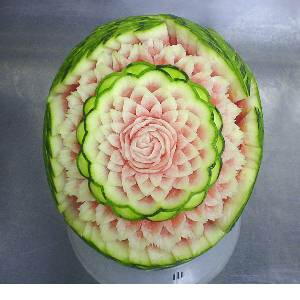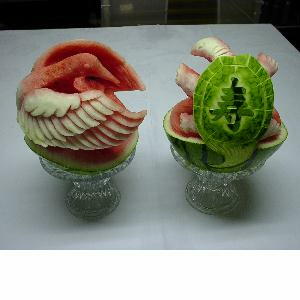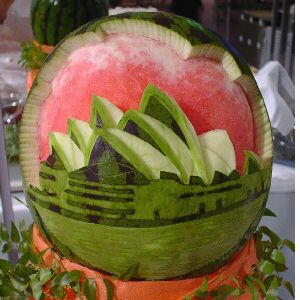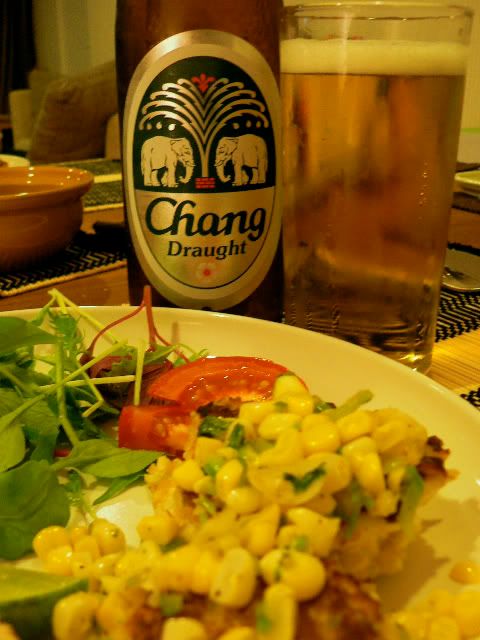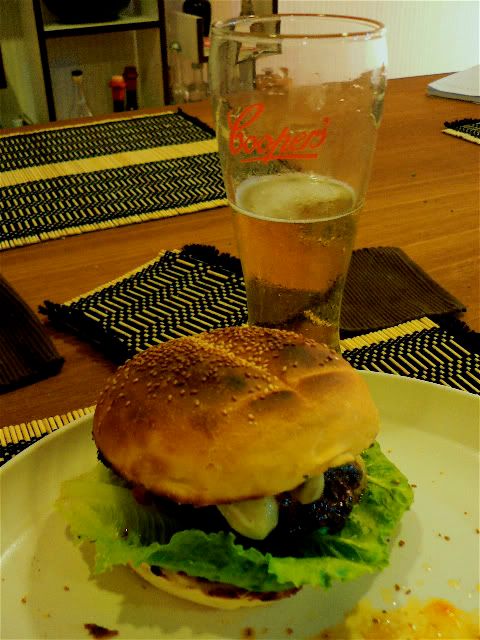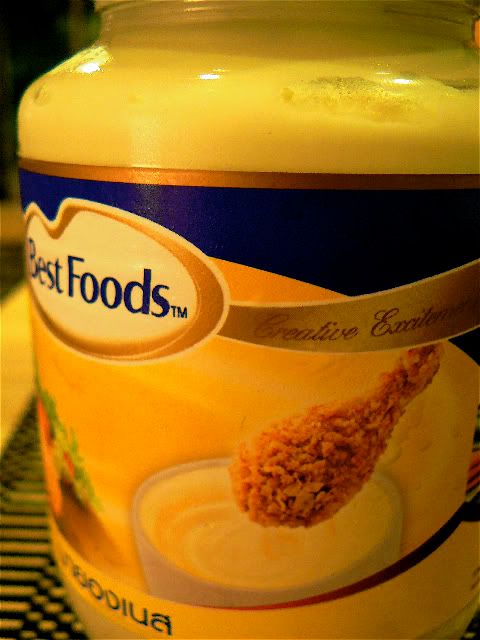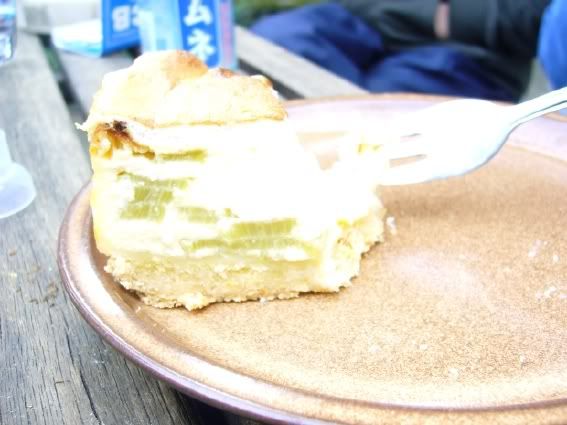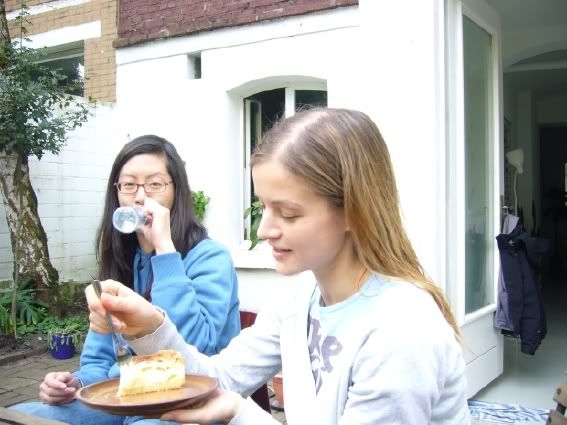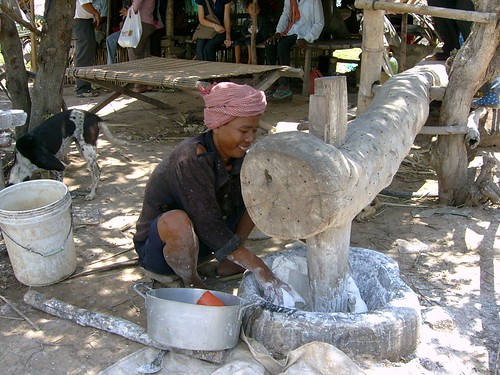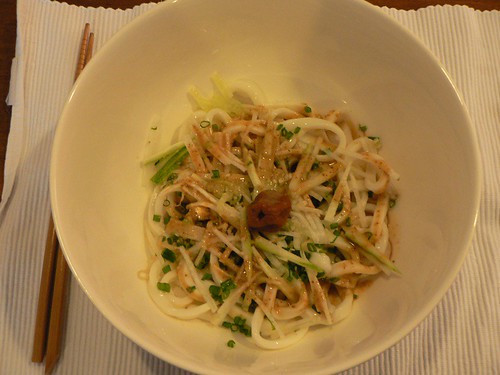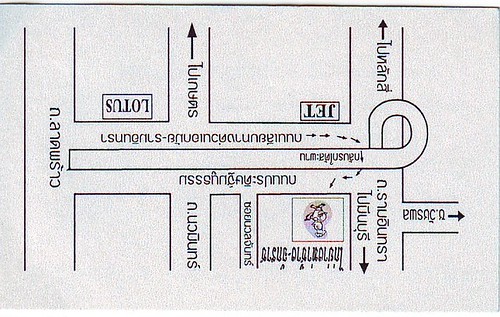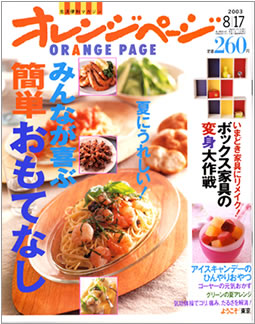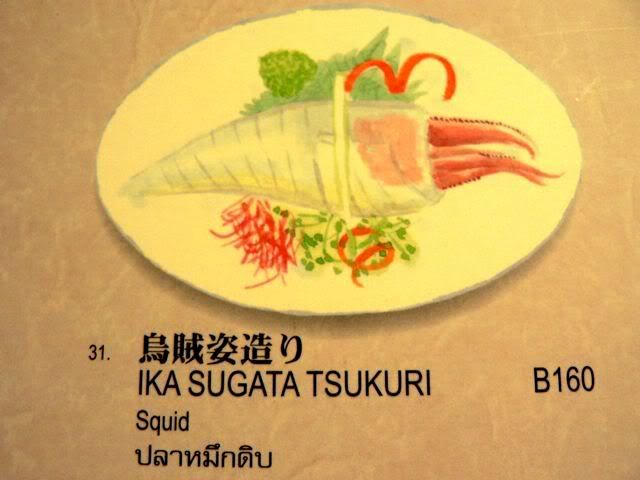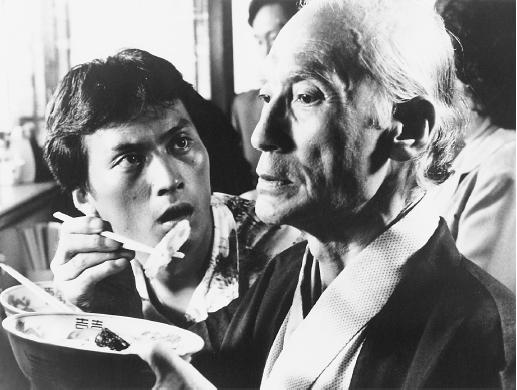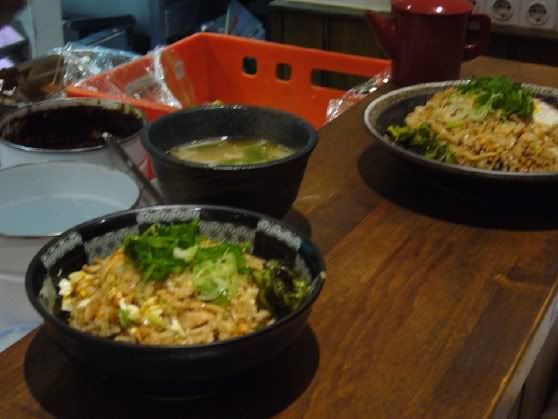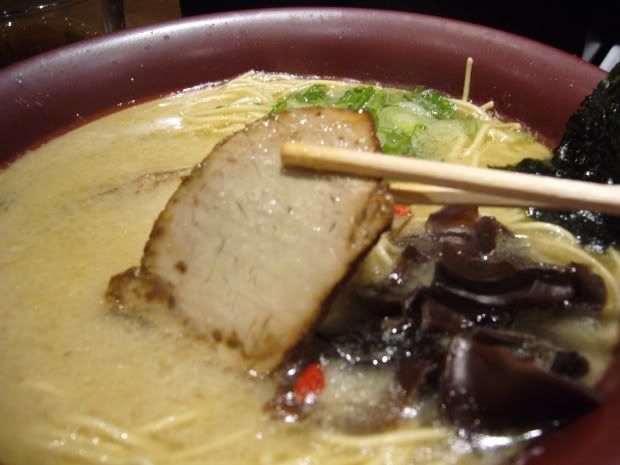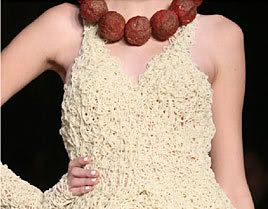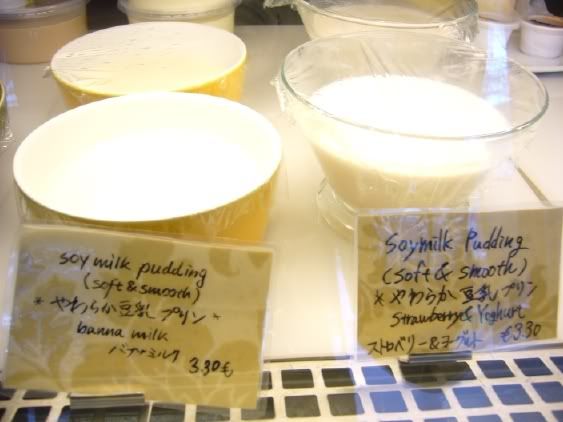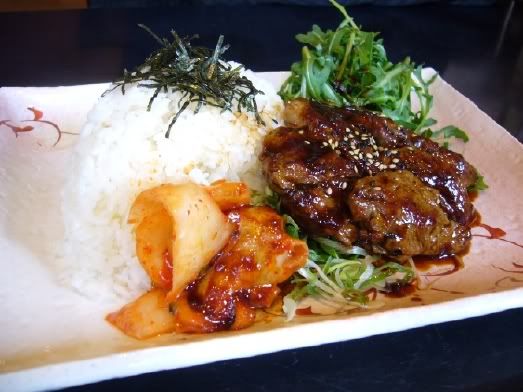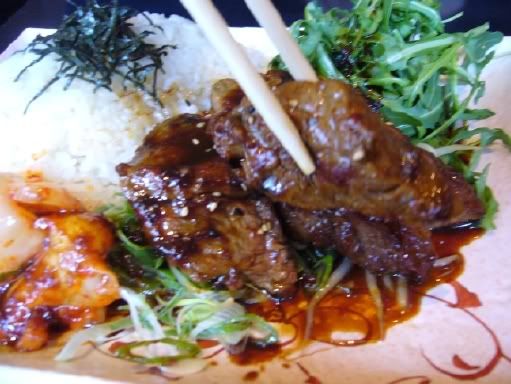Few foods inspire absolute devotion in me like
hotpot. There's just something about it that appeals to my very core: sitting around a table with a boiling pot in the middle and leisurely dropping in soup ingredients is one of my life's true pleasures. It is interactive, leisurely and social. It doesn't take much to prepare (mainly chopping). It is generally healthy, yet full of flavour. Oh the virtues of hotpot. Below is a review of some of my all time favourite hotpots. All recipes require a hotpot - gas or electric, chopsticks, soup spoons and little bowls at a minimum. Most should be served with rice.
Sukiyaki/ Shabu Shabu
When I was little my Dad occasionally travelled to Japan and when he did he would bring home new and exciting culinary treasures like sukiyaki. Sukiyaki is a strictly beef affair
Recipe
Sliced beef enough for all diners ( approx 100 gms each. Get your butcher to partially freeze and then slice on a slicing machine, must be paper thin. Alternatively you can buy in the frozen section of most Asian supermarkets have presliced beef) thaw and arrange attactively on a plate (I used to make beef roses until one of my guests pointed out that it looked disturbingly similar to a chacha, so maybe not that attractively)
Vegetables and other accompaniments sliced into bite sized pieces
- leek
- spring onion
- onion
- mushrooms (fresh and dried shitake)
- chinese cabbage
- other green pot herb like spinach or whatever
- tofu pieces (fried and soft if you like)
- carrots (optional)
- shirataki noodles or vermicelli noodles or even udon (don't put in until the end because otherwise they suck up all the broth
Soy Broth
- 1/3 shoyu kikoman or other japanese variety
- 2/3 water
- big gulp mirin or sake
- heap of sugar
(add more water as the broth evaporates and becomes salty)
Put broth in hot pot, serve raw ingredients at table and dip......don't burn your mouth.
The "authentic" way of eating it, which I do cause I'm so down wid it, is to serve with a raw egg. Diners stir the raw egg with their chop sticks in little bowls and then dip pieces of cooked meat into the raw egg and eat. It's yummy trust me, I don't ever eat runny eggs but I eat them like this. The piping hot beef kinda cooks the egg and cools it down. Its all gooood
Shabu Shabu
- the same but use a konbu dashi stock instead of soy broth
- add sesame dipping sauce and ponzu dipping sauce (you can buy at the supermarkt pre-made or you can make yourself)
Ponzu Sauce
- generally speaking is japanese soy sauce and ponzu juice (aka citrus)
Sesame Sauce
- tahini or sesame paste 1/2 cup
- rice vinegar (japanese) 2 tablespoons
- soy sauce (japanese) 2 tblsp
- miso paste 1/2 cup
- sugar 1/2 cup dissolved
- garlic powder 1/2 tsp
- sesame oil 1/2 tsp
Mongolian Hot Pot
One of my most memorable meals is of having Mongolian hotpot in Beijing on my honeymoon. I've never made it before but it is like Shabu Shabu, in fact I suspect that Shabu Shabu is the Japanese version of Mongolian hotpot, except monglian hotpot traditionally uses thinly sliced sheep and the broth is simply water, but similar sesame dressing. The highlight of Mongolian hotpot is the little wheat buns they serve with it. If you go to Beijing you must hunt some down. I can't tell you where we found ours because it was the result of random wandering and a chance encounter with a friendly chinese microsoft worker who directed us to the restaurant.


Korean Seafood Hotpot
I've never had this in a restaurant, I've only made it myself from the recipe in
Shunju. It's good, it's spicy and seafoody. Think spicy korean boulliabase (I know a french chef who would balk at this suggestion, but that's the french for you)
Use seafood (crabs, prawns, oysters, pipis and cockles, clams, scallops, crayfish if you're feeling extravagant, firm white fish fillets) and the same veges as for sukiyaki, but make this broth:
Broth
- Litre water
- Korean chili bean paste (Kochu Chang) - 2 tablespoons or more to taste
- sesame oil 2 tblspns (virgin if you can get, meaning not roasted first, usually lighter in colour)
- garlic - 1/4 bulb bruised skin on
- dried chili powder preferably korean 1 tsp or so
- shoyu show me soy sauce 1/3 cup
again arrange all raw and cook at the table
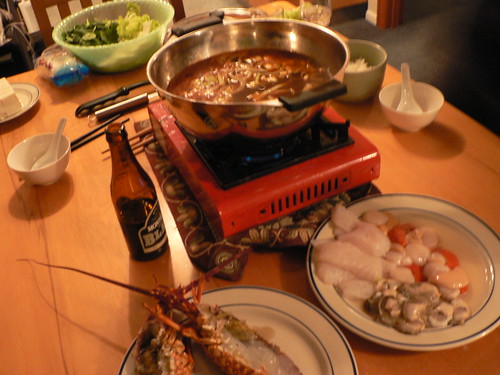 Chongqing Spicy Hotpot
Chongqing Spicy HotpotA boiling cauldron of evil pain. Anthony Bourdain compares it to a bad girlfriend which you know isn't good for you but you can't help but coming back for more. I had my first in a strange mainland chinese restaurant in melbourne that was wedged between two car yards in north melbourne. From the murky depths of the chili broth strange ingredients would occasionally emerge, pig's blood tofu, was that an ear???? tripe etc...It is hot, evil and good and I have no idea how to make it.
Thai Suki
If we are to keep with girlfirend (or boyfriend) anaolgies then Thai suki -
MK and
Coca are to Chongqing spicy hotpot what your first going steady "relationship" is to a street walker of the night. MK and Coco are both hotpot chain stores in Thailand and sell a kind of safe, processed, family oriented hot pot that Thai's go crazy for. It's not that expensive, it's clean, and you can avoid the hot sauce. The former you would possibly take your mother to the later certainly not unless your mother happens to be Sichuan. I can see this analogy isn't getting me far. Anyway the point it that Thai suki is a basic version of the fairly tasteless japanese nabe with the exception of a few funky thai ingredients and a spicy Thai dipping sauce. It's safe and reliable but ultimately unexciting after the first few times.
Here is a recipe, you can make most of the ingredients yourself or you can buy most of them including the the suki sauce premade at most asian stores.
Soup Chnnang Dtay
Is an oddity that I discovered at Soup Dragon in Siem Reap, Cambodia and became a regular haunt during my residence there. Only Hock and I were devotees however, none of our friends would take us up on the invites especially our friend Reneau of Abacus who would always screw up his nose in that unique way that only the french can do and pronounce "Ferk, nooo waayyy". He claimed they collected their cooking water off the roof. Cooking at the table was always a hazardous affair, little gas table top burners were used which contained old and rusting gas cans, which they would refill instead of buying new ones. The fact that our hotpot once caught fire at our table never put us off. I didn't care cause it was yummy.
It wasn't however very Khmer. Soup Dragon is Vietnamese owned.
Recipe - details are sketchy
Broth
- similar to Vietnamese beef pho stock (look it up yourself)
Bits and Pieces
- thinly sliced beef and beef balls
- veges entailed basically anything that was regularly available in Cambodia, which during the rainy season isn't very much, namely the ubiqitous oyster mushroom that agrisud taught a whole bunch of farmers in Banteay Meanchey how to grow and is the only locally available mushroom in Siem Reap
- mustard greens
- holy basil and saw tooth corriander
- tofu skin
- fat yellow egg noodles that Hock hates and complained continually that it was like eating fettucini
- egg
Dipping Sauce
was a make at your table with the condiments provided type of affair
- included locally made chili sauce (like
siracha )
- tamarind sauce
- pickled bullet chilis
- shredded and dried lemongrass
- pickled garlic



